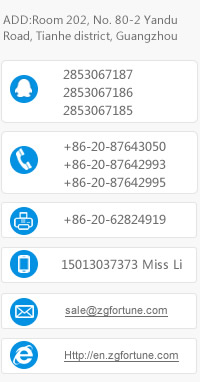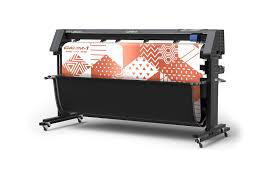A Professional manufacturer of digital printing material and display products
A Professional manufacturer of digital printing material and display products


Looking to instantly upgrade your final end-products? A large-format cutter may be the next investment to make in your business.
Below, we’re exploring what a large-format cutter is, the different cutting methods to use with your large-format cutter.

What is a Large-Format Cutter?
Large-format cutters are machines that can cut precision graphics using industry-leading strategies to result in the highest-quality end pieces possible.
In this process, the vinyl is fed into the machine. While the vinyl is under the knife, the blade moves side to side or turns, creating a cut-out based on the cutting option selected. This is done using microblade technology, helping the edge move effortlessly through the material — resulting in the image or shape being cut into the material.
The main types of commercial large-format cutters are:
1. Roll-to-roll cutters
2. Apparel cutters
3. Flatbed cutters
Large-format cutters come in different sizes, ranging from 24-72 inches for standard machines and 132 inches for flatbed cutters.
Why Choose a Commercial Cutter?
Commercial cutters are ideal for creating custom signage, decals, stickers, labels, and graphics for windows or vehicles.
Additionally, the apparel industry uses vinyl cutters to create custom graphics to heat-press designs onto t-shirts, tote bags, and other apparel.
An in-house commercial large-format cutter allows you to customize projects for your customers as needed, allowing business owners to accomplish two essential tasks: Saving money by producing graphics instead of outsourcing and controlling their workflow for ultimate quality assurance.
Exploring The Different Cutting Options
Understanding the different types of cutting methods helps you to achieve your desired cut results. We’ve summarized some of the most common types below:
Die cut: This cutting option cuts through the vinyl and backing paper around the edge of the sticker or graphic, giving you an individual item as an end result. Another term for this cutting option is the “perforated cut.”
Kiss cut: This cutting option is considered to be a lighter cut that doesn’t cut through the backing paper — only the vinyl. Since it doesn’t cut through the backing paper, it leaves the vinyl on the original roll of material but still allows you to peel the sticker off.
We do want to note: For sticker sheets, you would use both a kiss and die cut. The kiss cut around the individual stickers, and the die cut to cut around a group of stickers, creating a sheet.
Half cut: This cutting option is best for thicker materials that are too thick to cut through, like foam board or thick cardstock. You can cut partway through the material and manually separate (or pop) it apart at the half-cut line. This style is commonly used for POP displays, package prototypes, and signboards due to the need for thick and sturdy material.